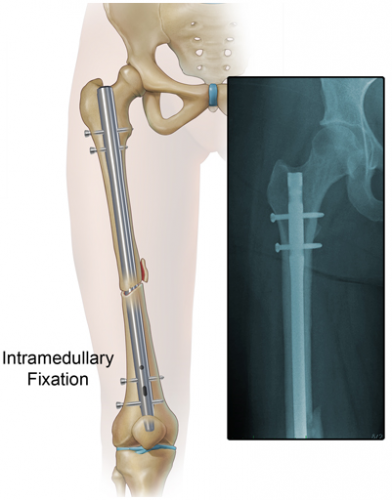Let’s start with the paper that is kicking off the 81st Annual Meeting for the AAST. Everyone recognizes that many of our elderly patients don’t do well after trauma. Unfortunately, elderly is a very imprecise term. According to the TRISS method for predicting mortality it begins at age 55. But we have all seen many patients younger than that who appear much older physiologically. And a few older ones who are in excellent condition.
How can we determine who is frail and thus more likely to develop complications or even die after injury? The trauma group at the University of Arizona – Tucson published their original paper on a 50-variable frailty index in 2014 in order to address this issue. Unfortunately, 50 variables were found to be very unwieldy, which vastly decreased its usability.
They immediately decided to strip it down to the most significant 15 variables, and named it the Trauma-Specific Frailty Index. This tool simply predicted whether the patient would have a favorable discharge (home), or an unfavorable one (skilled nursing facility or death). The TSFI was very good at this, and was far better than using age alone.
The authors rolled the TFSI out to the AAST multi-institutional study group. A total of 17 Level I and II trauma centers participated in a three-year prospective, observational study. All patients with age > 65 had their TFSI calculated. They were stratified into three groups, including non-frail, pre-frail, and frail. The outcomes studied were expanded and included mortality, complications, discharge status, and 3 month status for readmission, falls, complications, and death.
Here are the factoids:
- A total of 1,321 patients were enrolled across all centers with a mean age of 77 and median ISS 9
- A third each were classified as non-frail, pre-frail, and frail
- The overall study group had a 5% mortality, 14% complication rate, and 42% unfavorable discharge rate
- Frail patients had a higher complication rate vs the pre- and non-frail groups (21% vs 14% vs10%) which was significant
- They also had a higher mortality rate (7% vs 3% vs 4%) with p=0.048 although significant on multivariate analysis
- Overall, 16% were readmitted within 3 months and 2% died. This was not stratified in the abstract by frailty group.
The authors claim that the TFSI is an independent predictor of worse outcomes, and that it is practical and effective and should be used in the management of geriatric trauma patients.
Comments: I find the concept of the abstract very interesting. I think most of us can identify the obviously frail patients when we see them. The TFSI promises more objective identification using 15 variables. For reference, here they are:
- Comorbidities
- Cancer history
- Coronary heart disease
- Dementia
- Daily activities
- Help with grooming
- Help with managing money
- Help doing housework
- Help toileting
- Help walking
- Health attitude
- Feel less useful
- Feel sad
- Feel effort to do everything
- Falls
- Feel lonely
- Sexual function
- Serum albumin
The authors showed that all of the outcomes were significantly and negatively associated with the patient’s frailty index. The analysis appears reasonable, and the numbers are both statistically and clinically significant.
But the big question now is, how do we use the results? The 15-variable version is reasonably workable. Is it any better than the trauma professional walking into a room and doing a good eyeball test? The study did not look at that. Either way, what can we do when we identify the truly frail patient? What can we alter in the hospital care that might make a difference? Right now, options are limited. Much of what led to the patient’s frailty is water under the bridge due to possibly decades of lifestyle choice or pre-existing disease.
I think that the next step in this train of thought is to start applying specific interventions in patients identified as frail or better yet, pre-frail. Here are my questions for the authors and presenter:
- What’s next? You’ve shown that you have a numerical tool that identifies patients who may have a less than desirable outcome. If we implement this, what can we do to try to reduce those undesirable outcomes?
This was thought provoking work, and I am looking forward to the full presentation!
Reference: PROSPECTIVE VALIDATION AND APPLICATION OF THE TRAUMA SPECIFIC FRAILTY INDEX: RESULTS OF AN AAST MULTI-INSTITUTIONAL OBSERVATIONAL TRIAL. AAST 2022 Plenary Paper 1.


